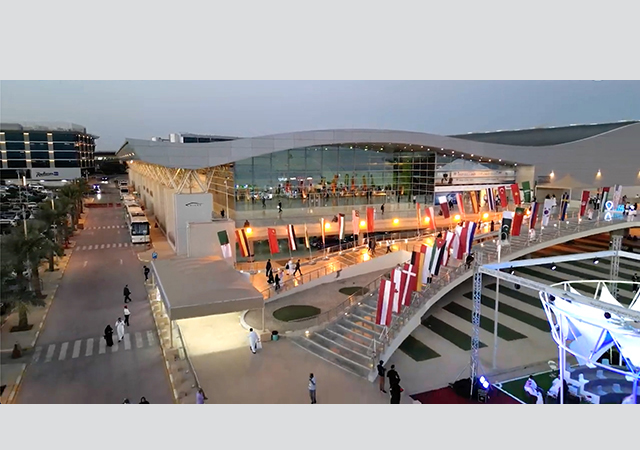
 Prince Mohammad Bin Abdulaziz International Airport in Madinah ... PPP deal.
Prince Mohammad Bin Abdulaziz International Airport in Madinah ... PPP deal.
BARELY eight years since it first entered the regional market, TAV Construction is flying high in the Gulf market winning one major project after the other. Its global expertise in airport construction has ensured its meteoric rise in the region, with its latest successes now including the showpiece Midfield Terminal Complex project at the Abu Dhabi International Airport in the UAE.
“We have been following the Midfield Terminal Complex project since 2005 and are pleased to have won it,” Yusuf Akcayoglu, Gulf regional director of TAV Construction tells Gulf Construction. “TAV Construction will be executing this 49-month construction contract along with our joint venture (JV) partners including Athens-based Consolidated Contractors Company (CCC) and Arabtec.”
TAV Construction – ranked as the world’s fourth largest airport contractor in 2010 – penetrated the GCC market in 2004 with a hangars roof project in the UAE, but it soon clinched the coveted passenger terminal complex contract for the New Doha International Airport (NDIA) in Qatar, which helped it win a series of projects in the region.
“Our performance at the NDIA project has been pivotal as it led the way for us to boost our reputation for being able to handle mega airport projects,” says Akcayoglu, adding that the project will be delivered this year.
TAV Construction was then awarded the Main Contract One (MC-1) package for the development of the Muscat International Airport in Oman, followed by two projects in Saudi Arabia. These include the Prince Mohammad Bin Abdulaziz International Airport project in Madinah and an aircraft maintenance, repair and operation (MRO) facility for Saudia Aerospace Engineering Industries (SAEI) at the King Abdulaziz International Airport (KAIA) in Jeddah.
Its latest triumph has seen it chosen by Abu Dhabi Airports Company (ADAC) to build the futuristic Midfield Terminal Complex by 2017. While TAV is the JV leader on the state-of-the-art development, Akcayoglu says, the project will be jointly executed as it is an integrated venture.
He describes the Midfield Terminal Complex as an architectural marvel, indicating that the realisation of the project will considerably boost TAV Construction’s project portfolio.
“We are committed to sharing our client’s vision and to meet and even exceed their expectations. We will certainly deploy our most qualified team, each with significant experience in handling mega projects in the Mena (Middle East and North Africa) region. In addition, competent subcontractors and suppliers, who can perform according to our standards, will be chosen.”
 |
|
Akcayoglu ... vision. |
He says each of the JV partners has extensive experience in large projects in the region. “Therefore, this procurement network will remain an important tool throughout the duration of the contract. Most importantly, on our part, we will perform to the highest quality standards and implement strict safety norms,” Akcayoglu adds.
TAV Construction’s first project in the GCC market called for the design and construction of the steel roof of Emirates airline’s Airbus A380 aircraft maintenance hangars in Dubai.
Oman
The scope of works on its Muscat International Airport infrastructure contract (MC-1) entails the construction of a new runway, apron, taxiway system including rehabilitation and extension of the existing runway, utility and ancillary buildings, interchanges, and various infrastructure works. The contract, awarded to the TAV-CCC joint venture in August 2009, is due for completion in 34 months.
“One of the great challenges in building the new airport in Muscat is to provide adequate drainage of the area: it seldom rains in Oman, but when it does, it pours,” explains Akcayoglu. “Cars and roads get swept away as water cascades down the mountains in great volumes behind Muscat and on into the Gulf of Oman.
“One of the areas the rainwater passes to get to the sea is the stretch of land on which the new runway will be as it is a flat, low-lying area, separated from the ocean only by a coastal road, where water can stagnate after powerful but short-lived downpours.
“In order to prevent any effect of a possible flooding, the basement level of the terminal building was cancelled and all levels of the infrastructure works on the airfield, runways, and apron and taxiway areas have been altered to suit. A several-hundred-metres-wide ‘wadi channel’ as well as three giant outlets with culvert connections has been included within the scope of development works. These three culverts will have a combined capacity to drain of 500 cu m water per second.”
Saudi Arabia
TAV is part of the Tibah consortium that is working on the expansion of the Prince Mohammad Bin Abdulaziz International Airport under a PPP (public-private partnership) deal awarded in August 2011 by the General Authority of Civil Aviation (Gaca) of Saudi Arabia. The Tibah consortium – which includes TAV Airports Holding (TAV Construction’s sister company), Al Rajhi Holding, its strategic partner in Saudi Arabia, and the leading construction firm Saudi Oger – will design, finance, build and operate the airport for 25 years. The first phase of the expansion includes the construction of a new terminal building and runway to increase passenger capacity to eight million yearly.
“Saudi Arabia is a very important market for us,” Akcayoglu says, highlighting the significance of this project.
Following the launch of TAV Construction’s operations in Saudi Arabia, the company won the contract to build a world-class MRO facility for SAEI early this year.
Akcayoglu says SAEI’s aircraft maintenance hangars will be one of the largest MRO facilities in the Mena region. “For this project, we partnered with Al Rajhi Holding and Habtoor Leighton Group, an important player in the regional construction industry. This is a design-and-build project that will take 900 days to complete. The project, which is in its first phase of development, includes the construction of 11 hangars, maintenance back-up buildings, an administration building, car-park and aircraft parking aprons,” he explains.
 |
|
The New Doha International Airport ... amongst TAV’s first projects. |
EMEA
In addition to its operations in the Gulf, TAV Construction has three ongoing projects elsewhere in the Europe, the Middle East and Africa (Emea) area. These include the Tripoli and Sabha airports in Libya; and the domestic terminal building project of the Izmir Adnan Menderes International Airport in Turkey.
“Our projects in Libya are currently on hold due to last year’s political upheaval but we expect them to continue next year,” he says.
Akcayoglu believes that the current initiatives being taken throughout the region are in line with the major transformation taking place in the global aviation sector, which will see the farther ends of the world linked through virtual highways in the sky.
“Aircraft manufacturers are subscribing to developing new technologies for long-haul aircraft and to increase the speed of their production, and airports must respond to such transformation. Governments and authorities are building facilities that can suitably accommodate new-generation aircraft and create a pleasant environment for a hassle-free passenger experience. Hence the perfect combination is to provide passengers with five-star service up in the air and an exclusive passenger experience on the ground,” he says.
Quoting Iata (International Air Transport Association) figures, Akcayoglu says airline passenger numbers are expected to more than double to 5.9 billion by 2030, from 2.8 billion in 2011. He indicates that with the current and future growth being driven by China and India, the Gulf has a competitive advantage as a hub between the East and West. “Therefore, the decision by the Gulf countries to invest in the aviation industry is a very bold and wise one as these state-of-the-art terminals and five-star airlines are candidates not only for being regional hubs and but for leadership on a global scale,” he says.
TAV Construction, headquartered in Istanbul, Turkey, is a member of the global airport brand TAV Group and in less than a decade, has undertaken projects worth $12.5 billion in contract value. It can offer a total design-build-operate service, in co-operation with TAV Airports Holding. Some of the projects that were contracted to TAV Construction with just a concept design, to be developed on a design-build-and-operate basis, include Istanbul Ataturk International Airport, Ankara Esenboga International Airport, Izmir Adnan Menderes Airport International and domestic terminal buildings in Turkey, Prince Mohammad Bin Abdulaziz International Airport in Saudi Arabia, Skopje Alexander the Great International Airport in Macedonia, and Enfidha International Airport in Tunisia. “In fact, for the Tbilisi and Batumi international airports in Georgia even the masterplan was done in-house by us,” he points out.
TAV’s growth over the past decade is a “true success story”, according to Akcayoglu. “TAV Construction has emerged as a global leader in the industry and we wish to be number one in airport construction and our long-term vision is to strengthen our position in this regard,” he says. “The biggest challenge, I believe, will be to sustain this growth and position. Competition at the regional and global levels is relentlessly increasing and we will have to continue to be innovative with regard to the solutions we offer. We have to be flexible in tapping new opportunities in new geographies and finally we have to be responsive and resilient to changes in the global markets.”
 |
|
Midfield Terminal Complex project at Abu Dhabi International Airport ... architectural marvel. |
“We will continue to enhance our client-oriented solutions and believe that to achieve this, our greatest strength is our human capital. Hence, we will continue investing in our talents,” he states.
Eyeing further growth in the region, Akcayoglu says airport or aviation-related projects – such as Kuwait International Airport’s new passenger building, King Khaled International Airport in Riyadh, and the immediate terminal expansion of the Bahrain International Airport – will definitely be TAV’s first priority.
The company has, however, pursued non-aviation projects in the region, particularly in Dubai, where it has mainly concentrated on high-rise buildings and shopping malls. “We intend to utilise this expertise to target new contracts in Saudi Arabia and Qatar,” he adds.


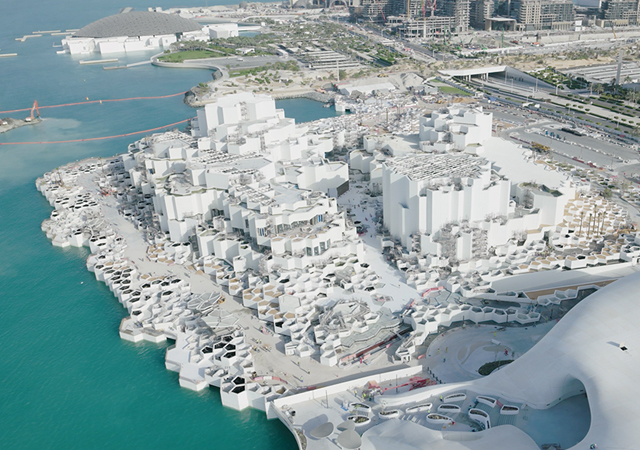
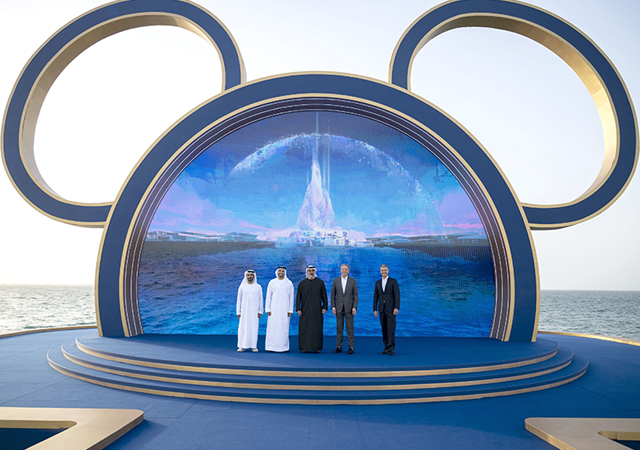
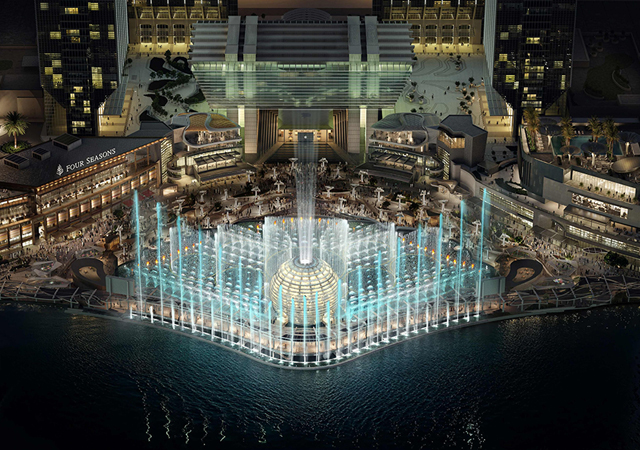
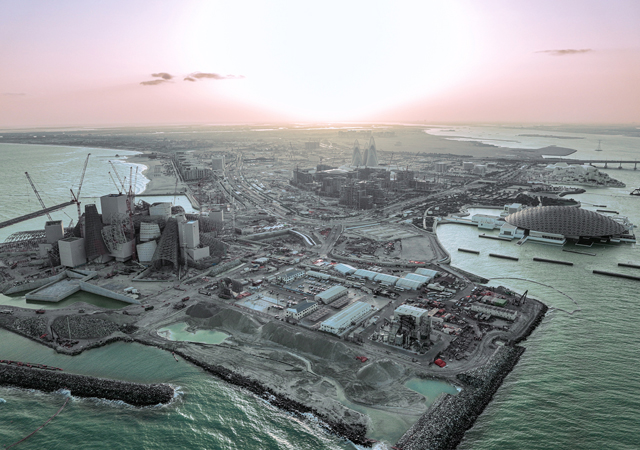
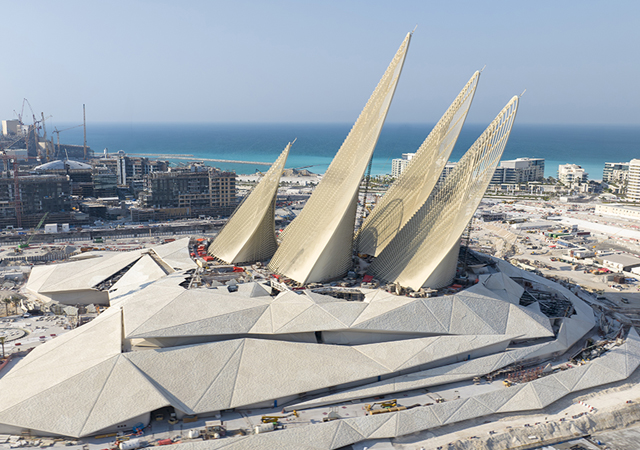
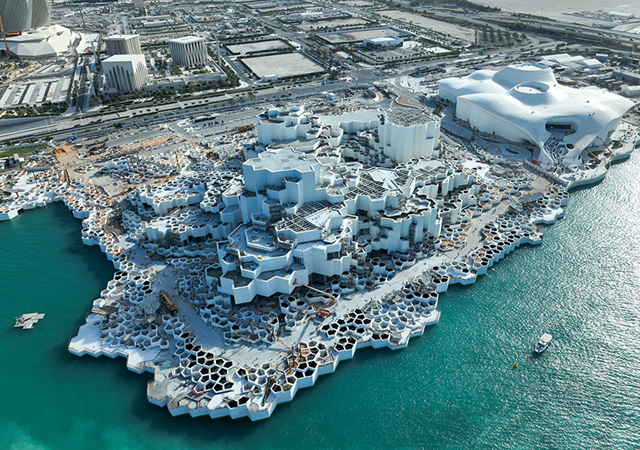
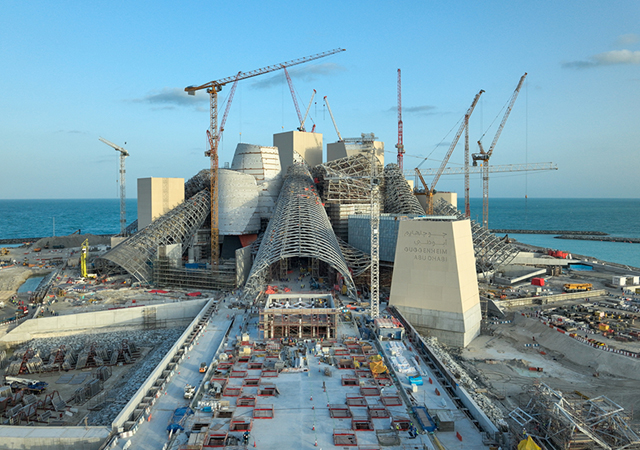
.jpg)
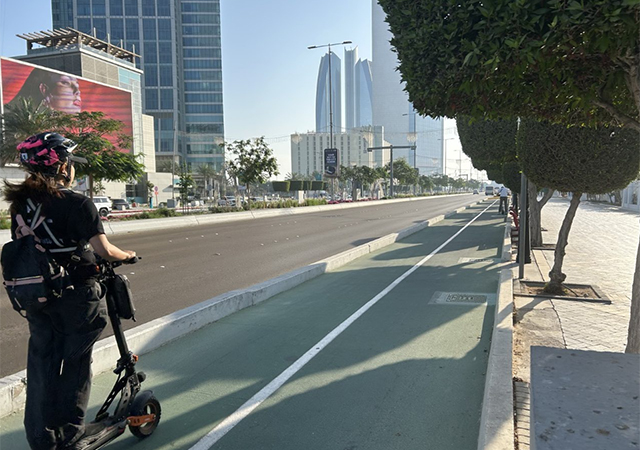
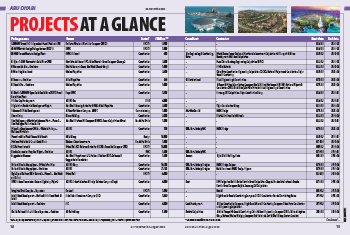

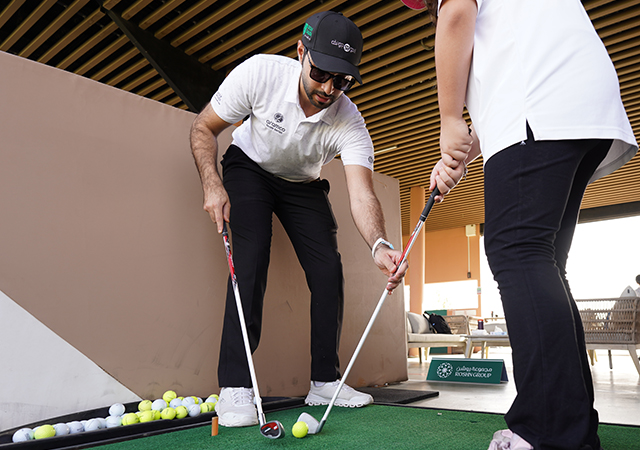
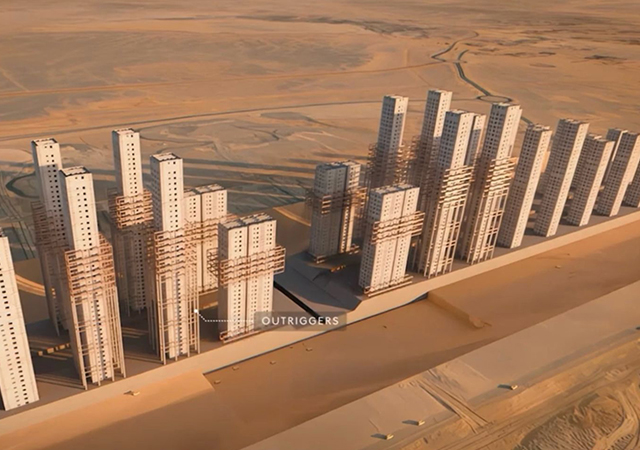
.jpg)
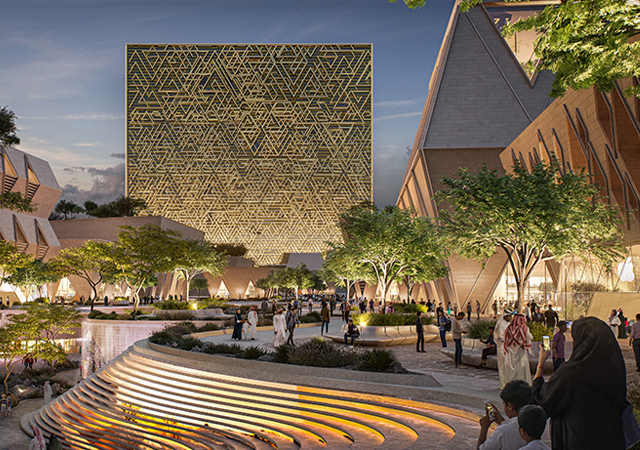
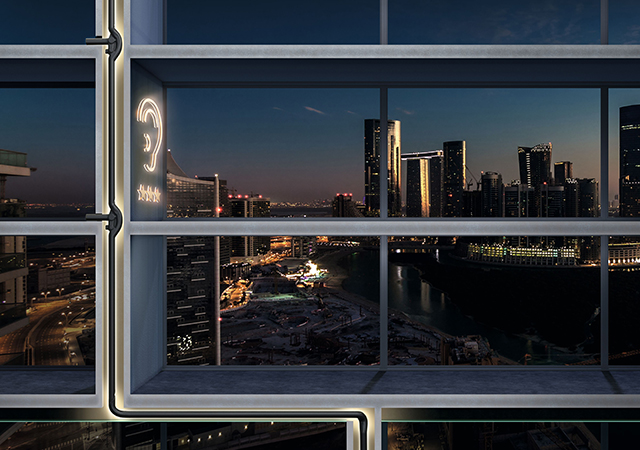
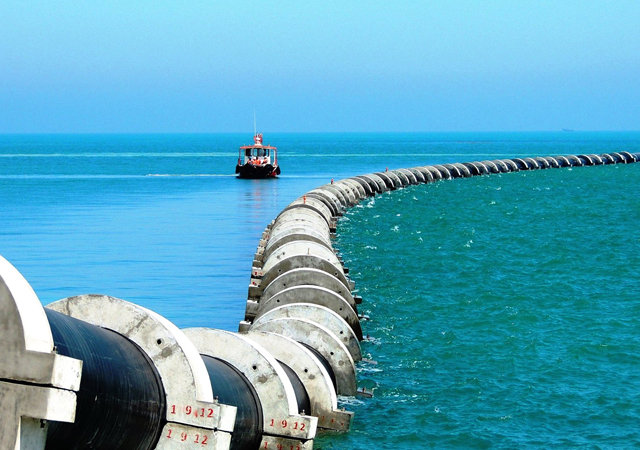




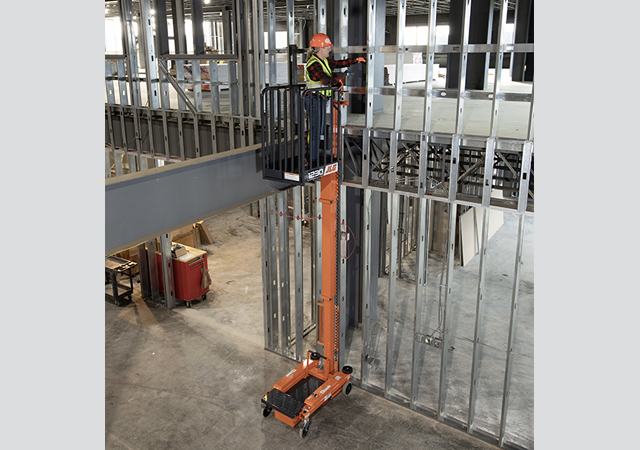
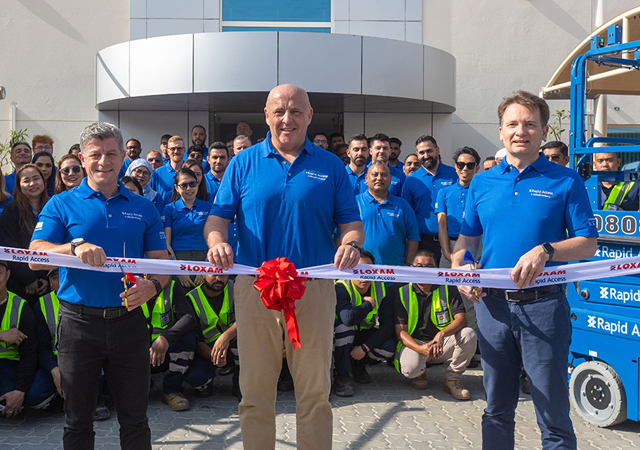
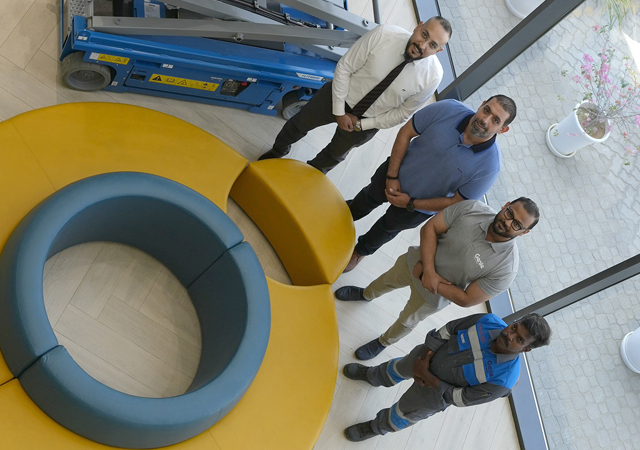
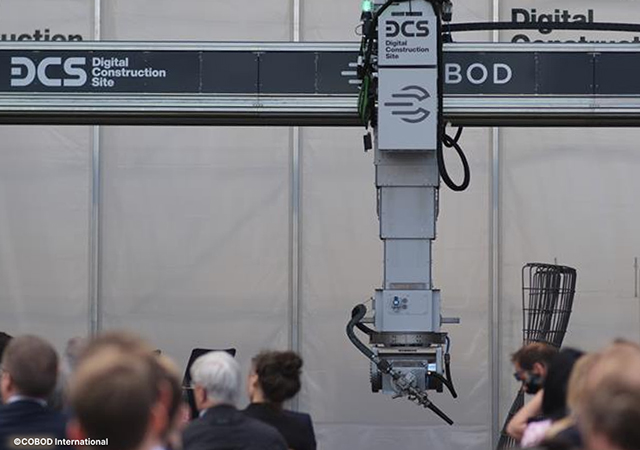
Doka (2).jpg)

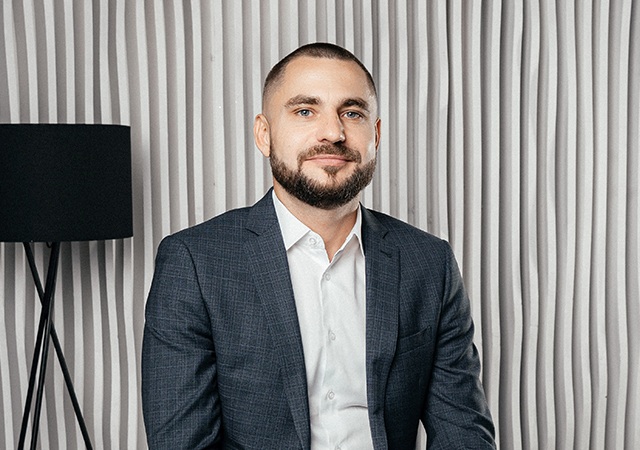

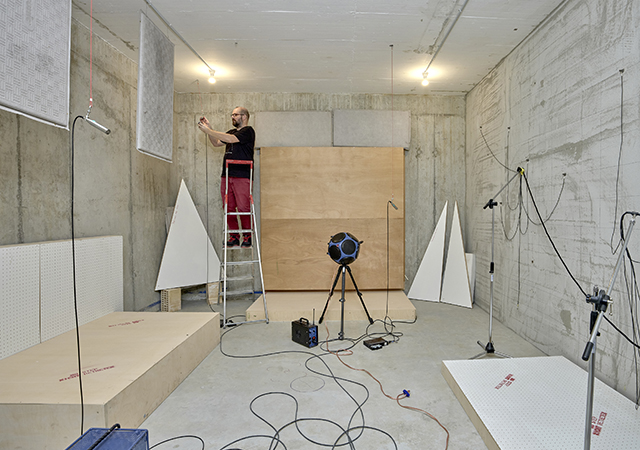
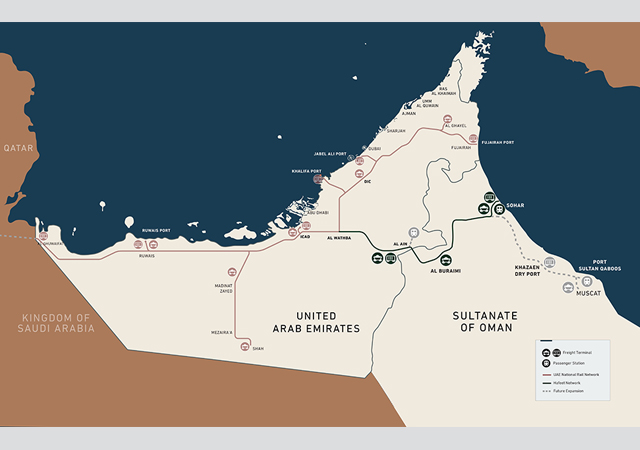

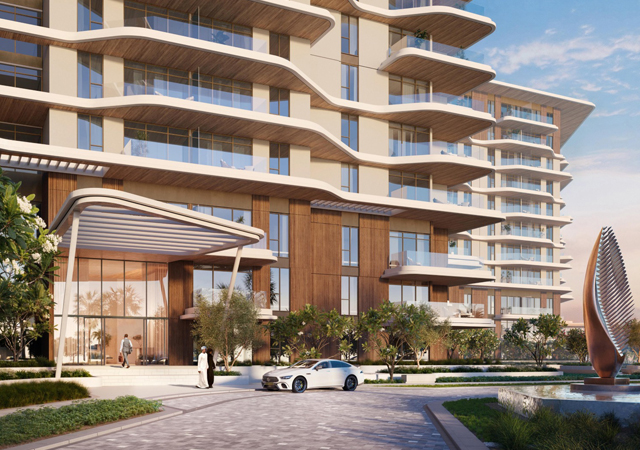

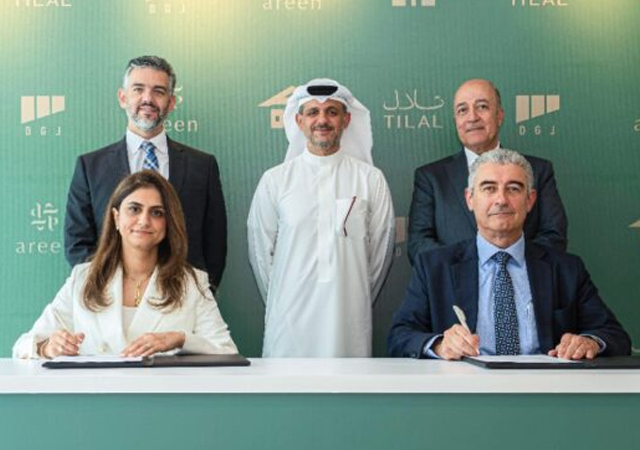
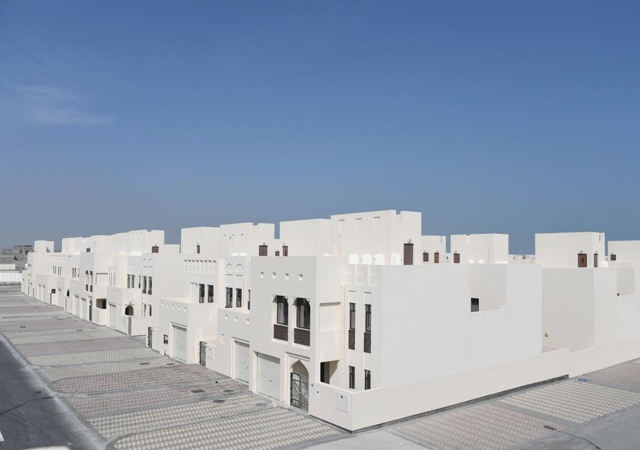
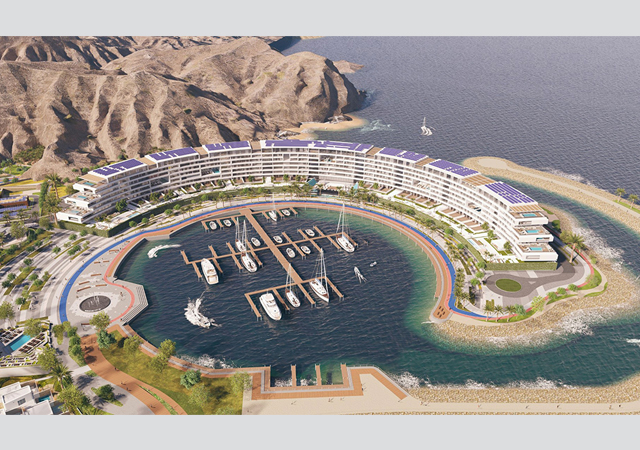
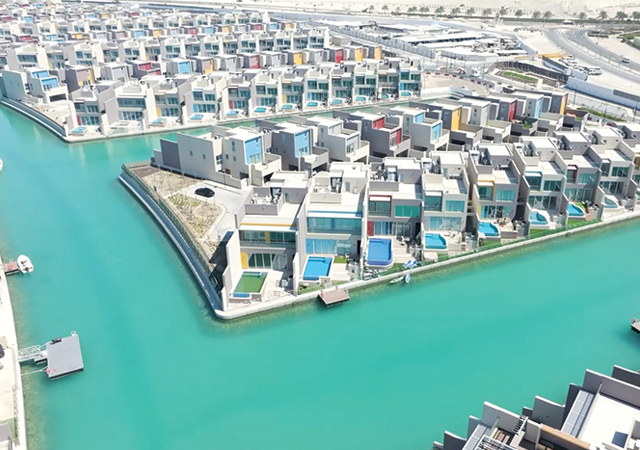
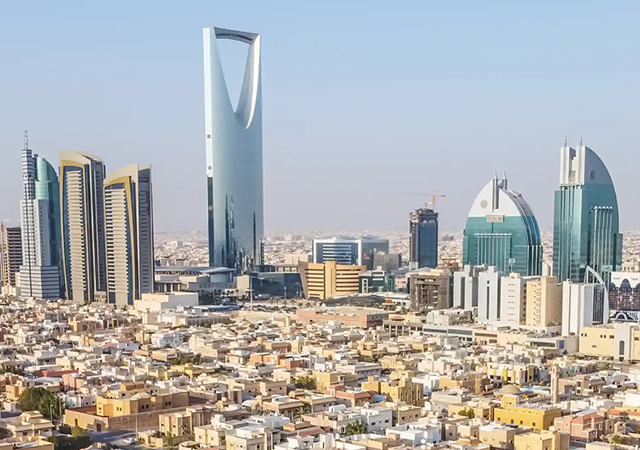

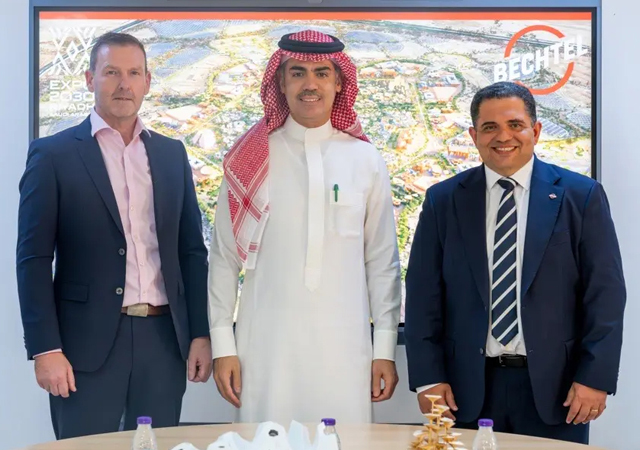
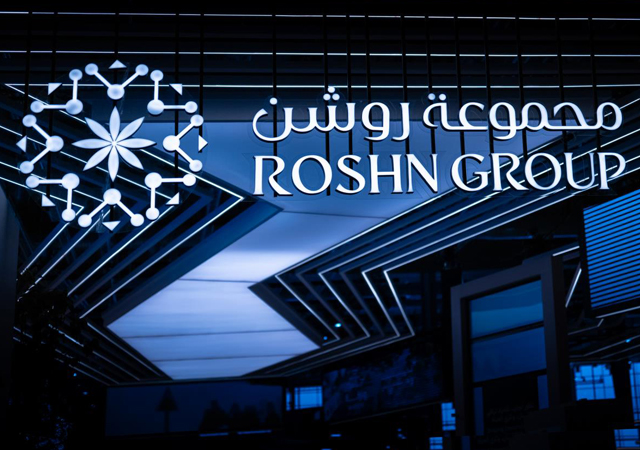
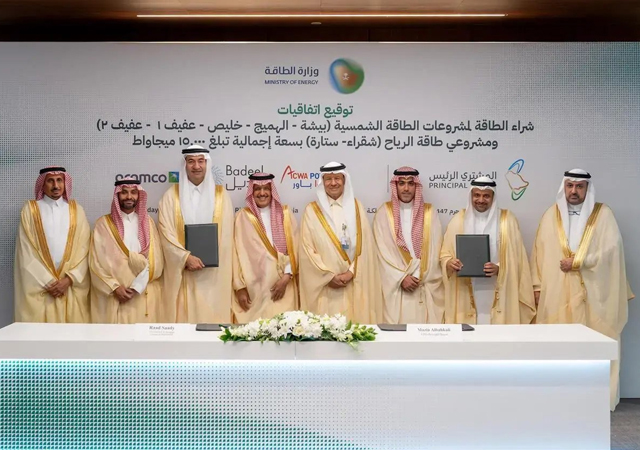
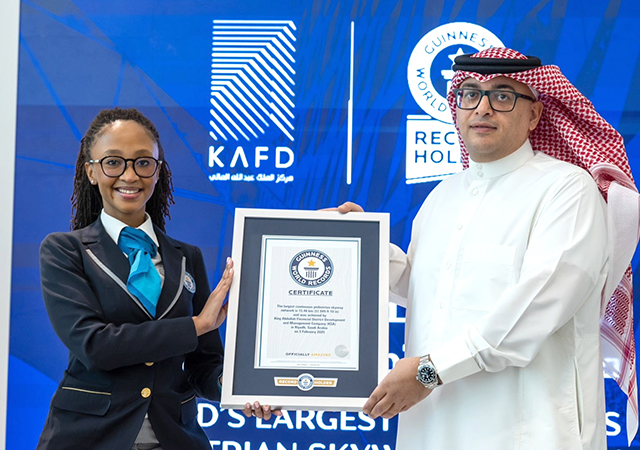
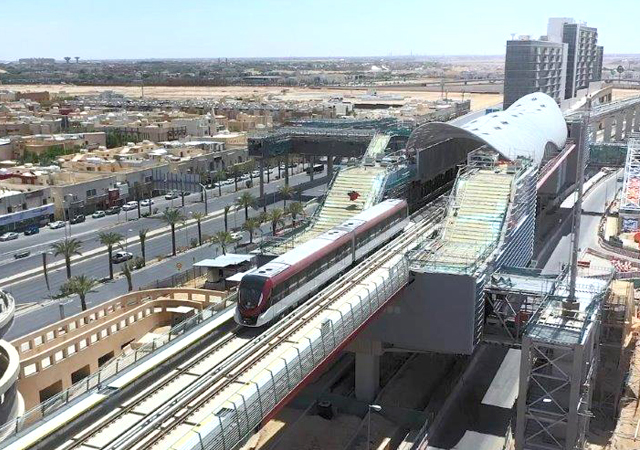
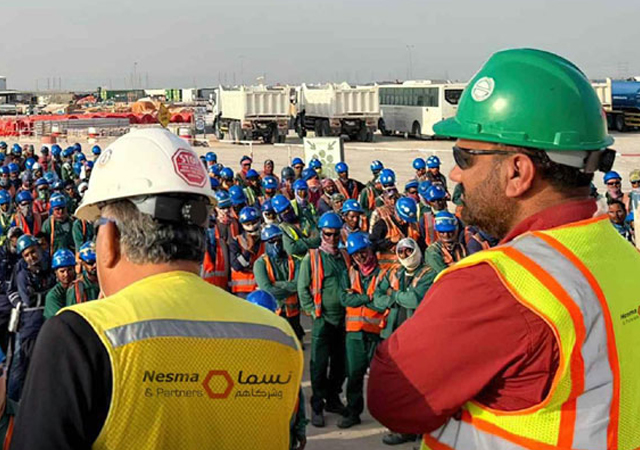
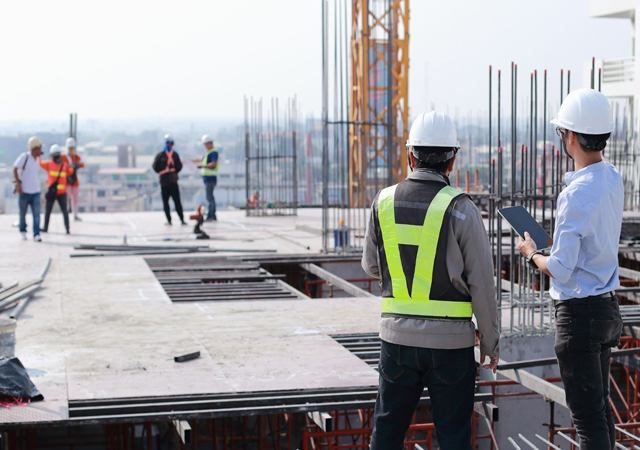
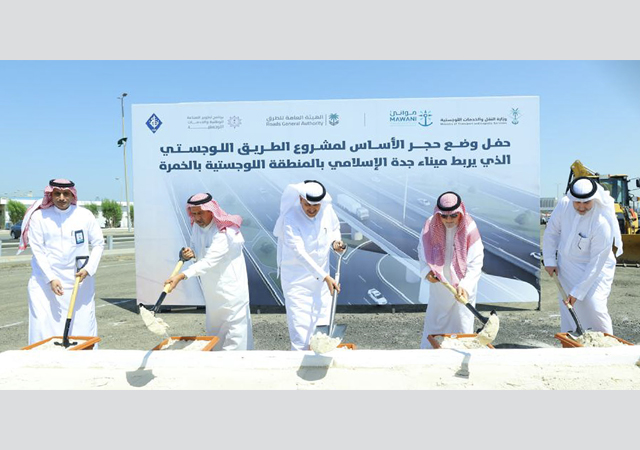
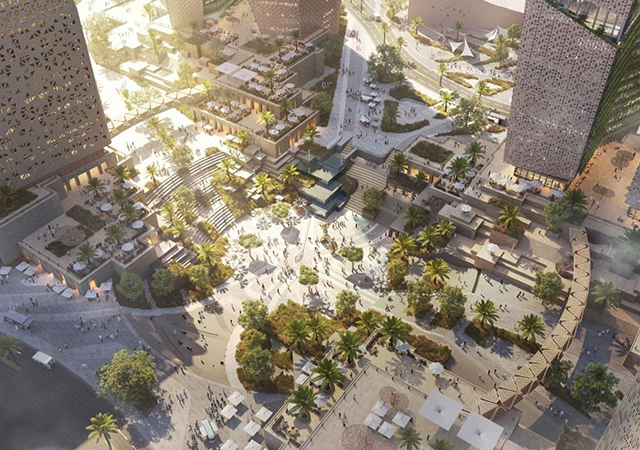


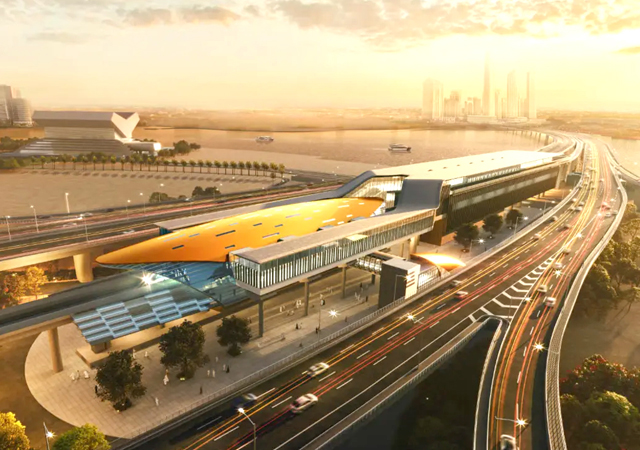
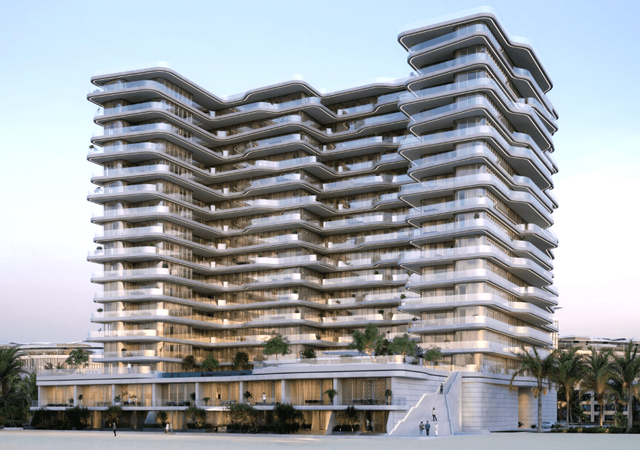

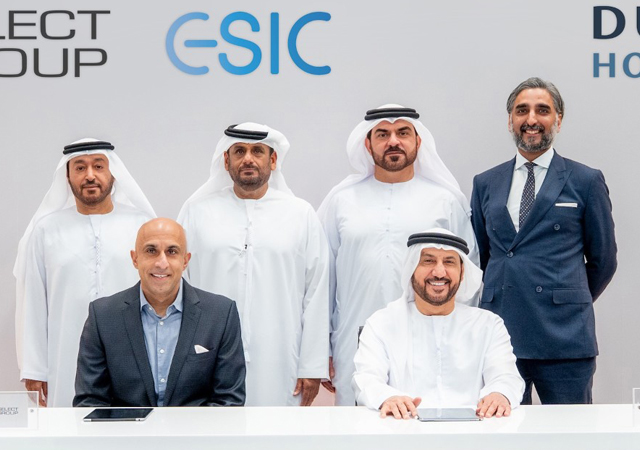
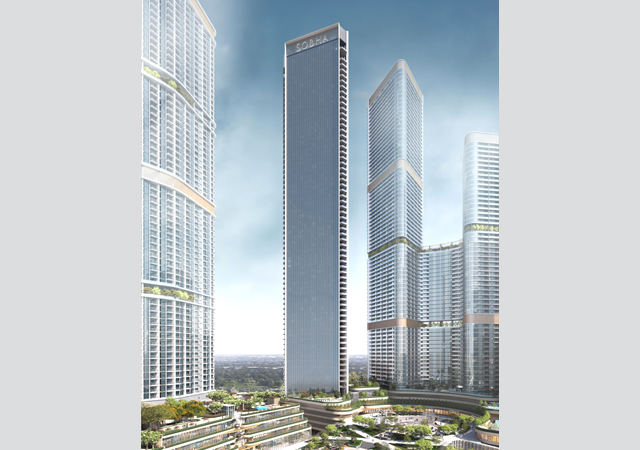
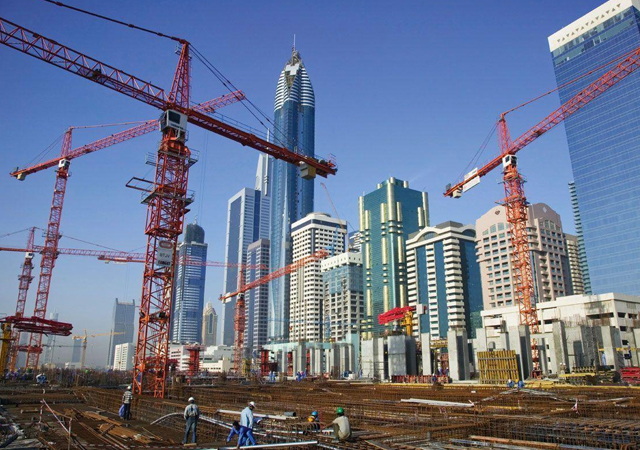
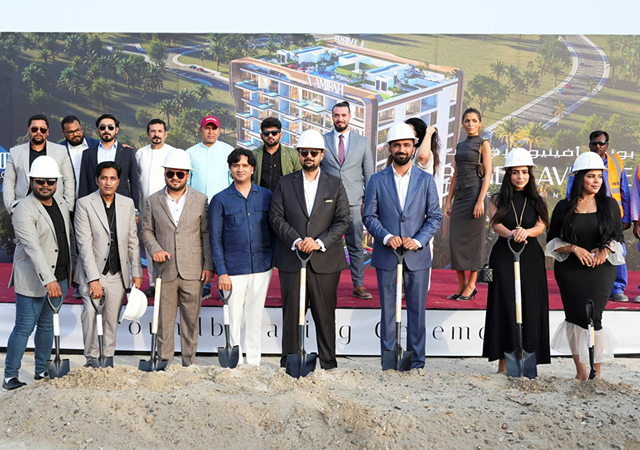
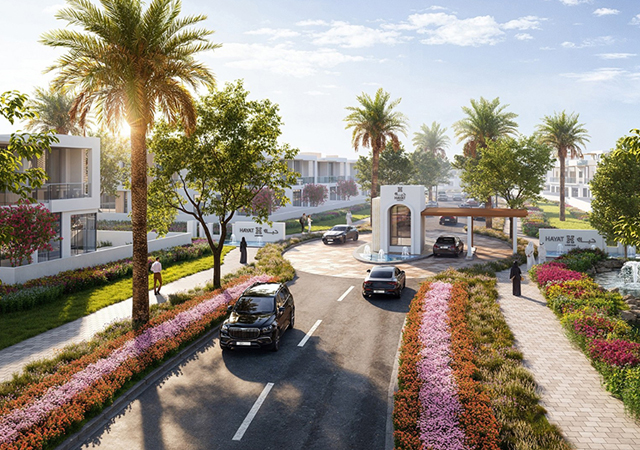

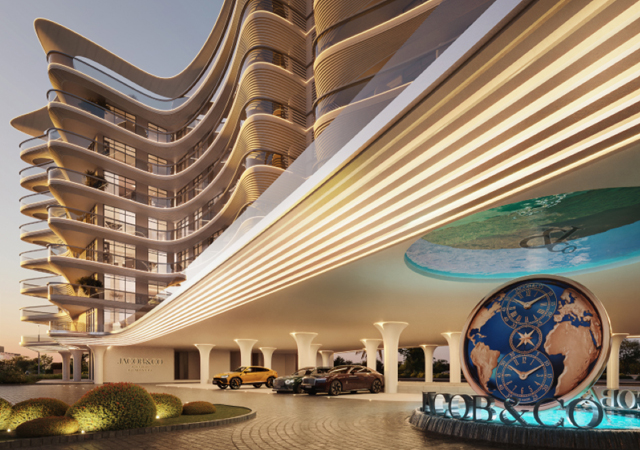
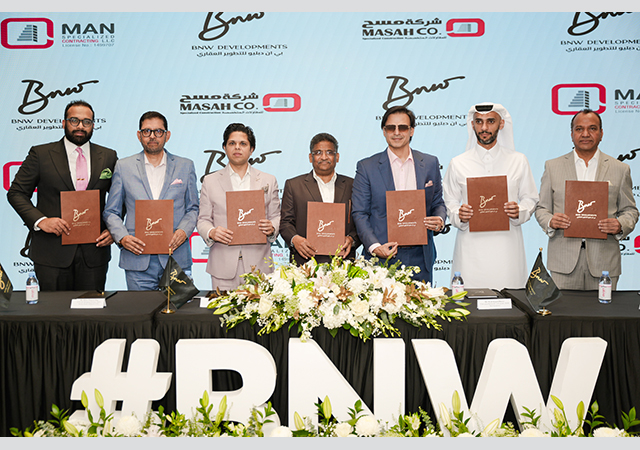
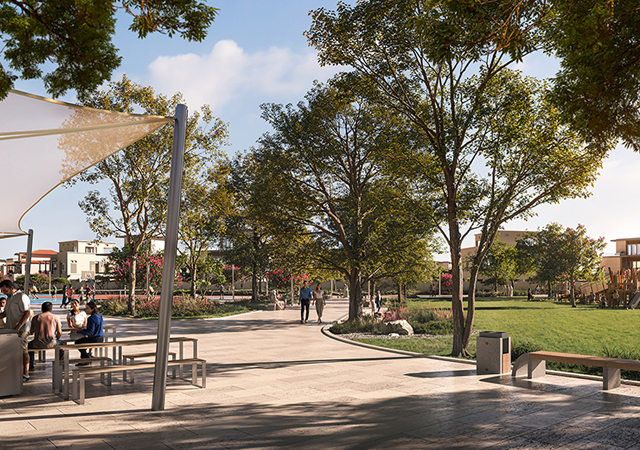
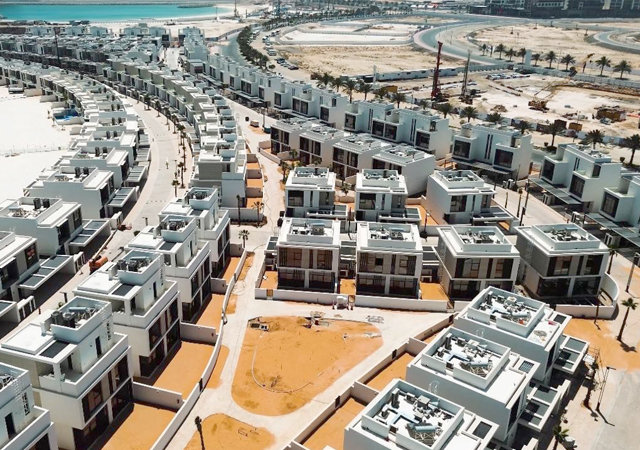
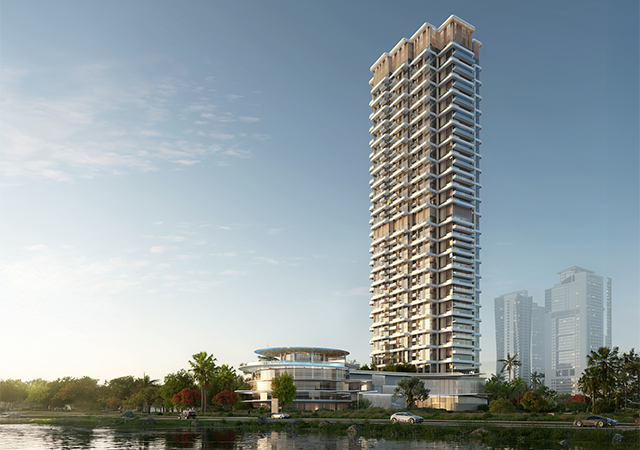
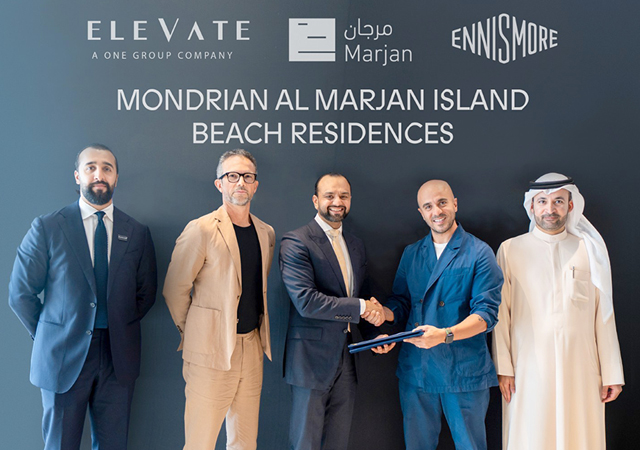
.jpg)
.jpg)
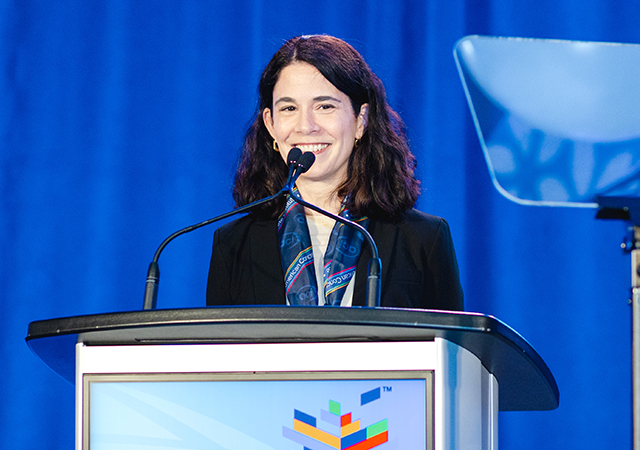
.jpg)
